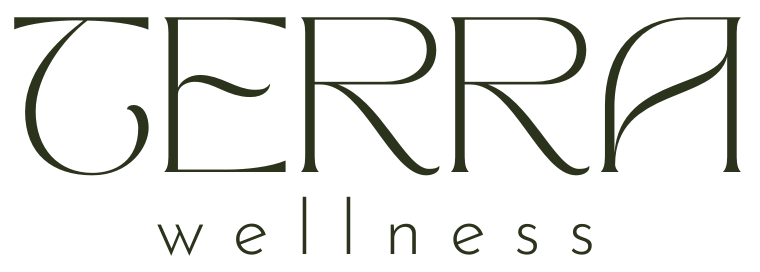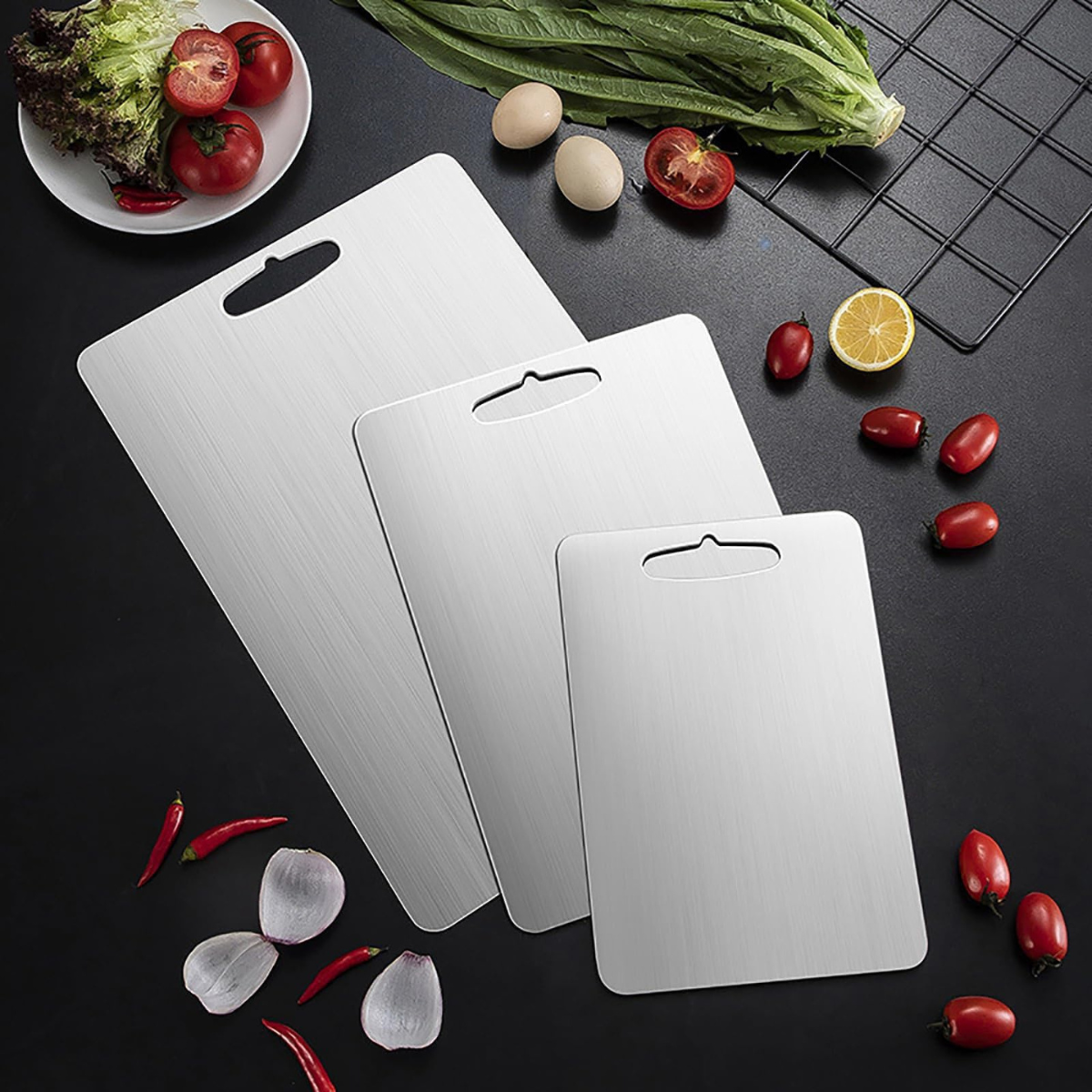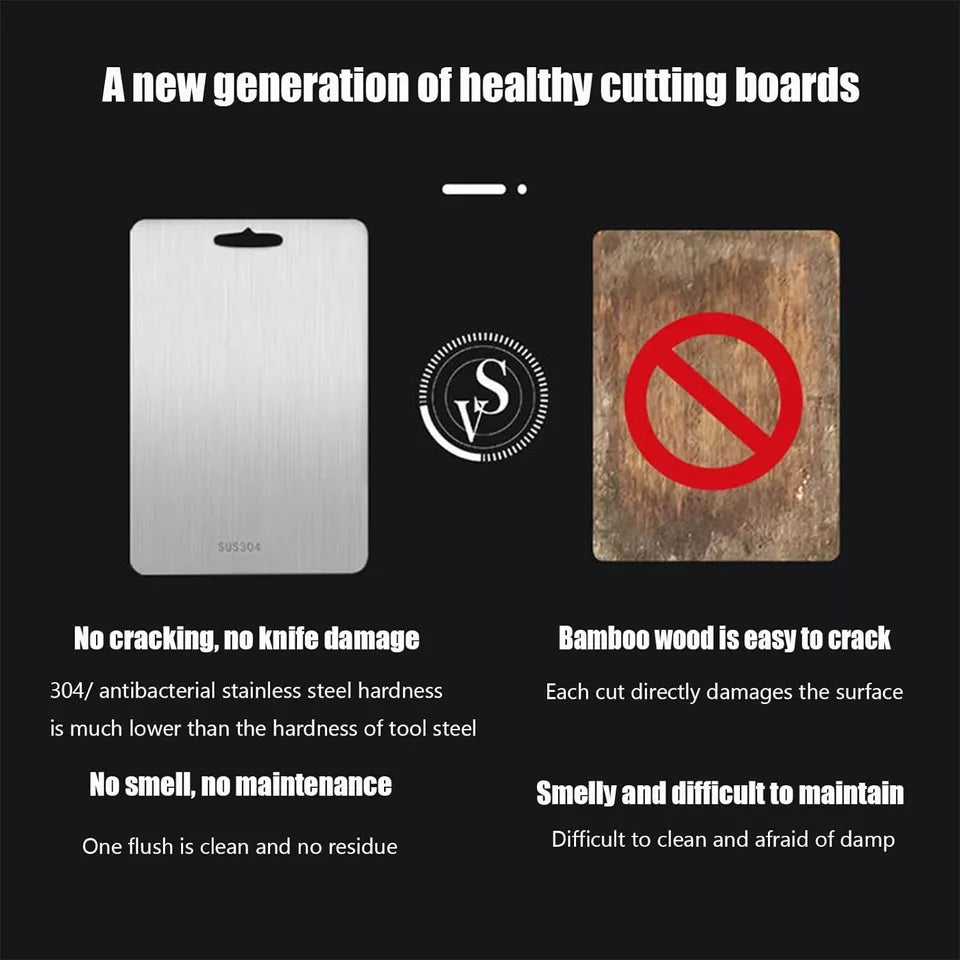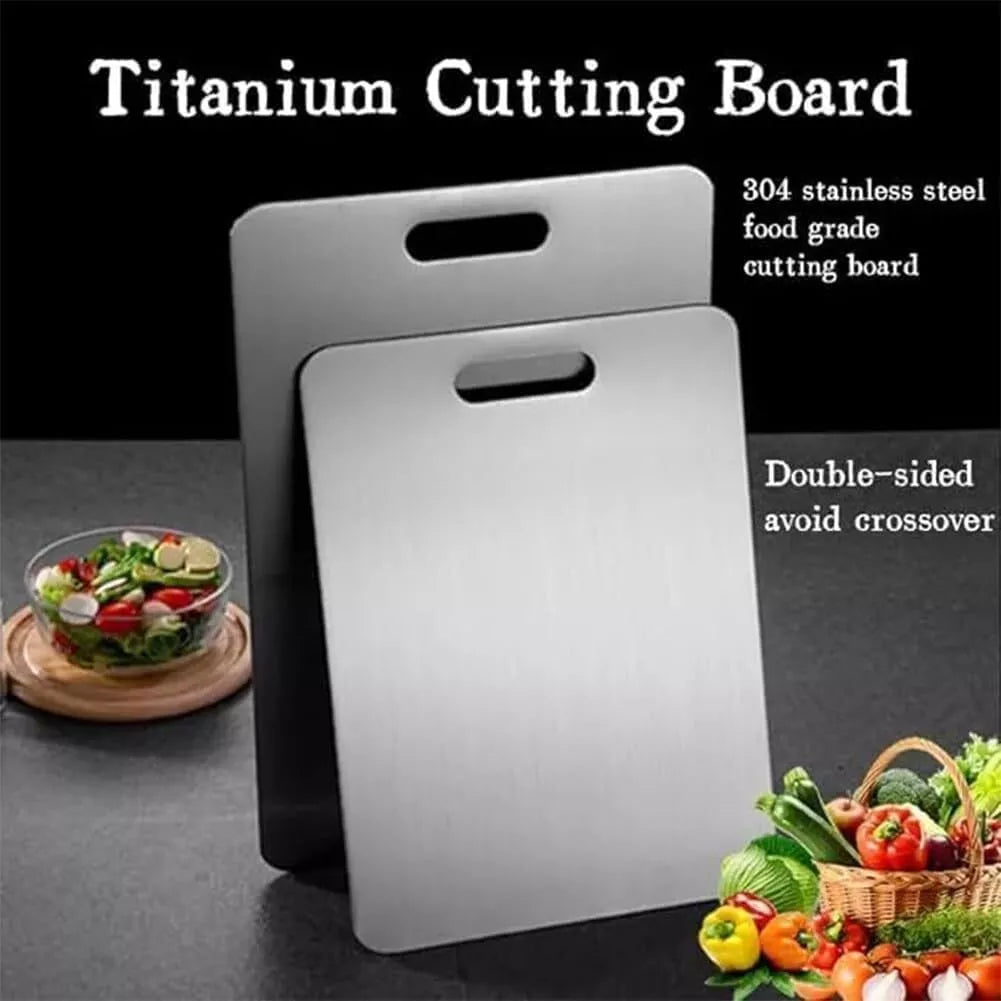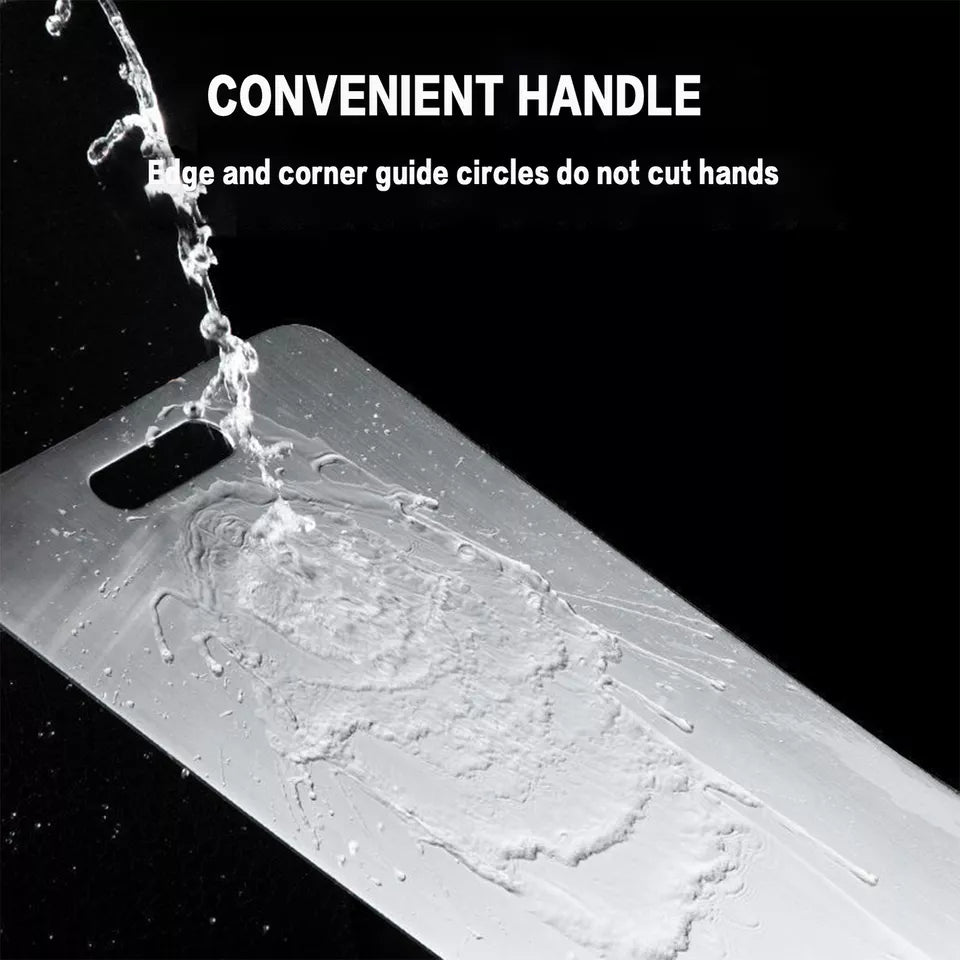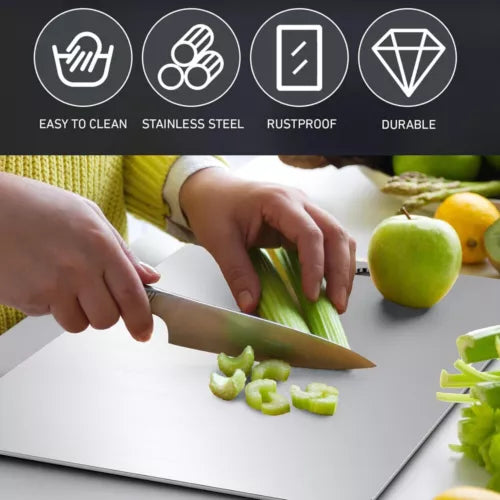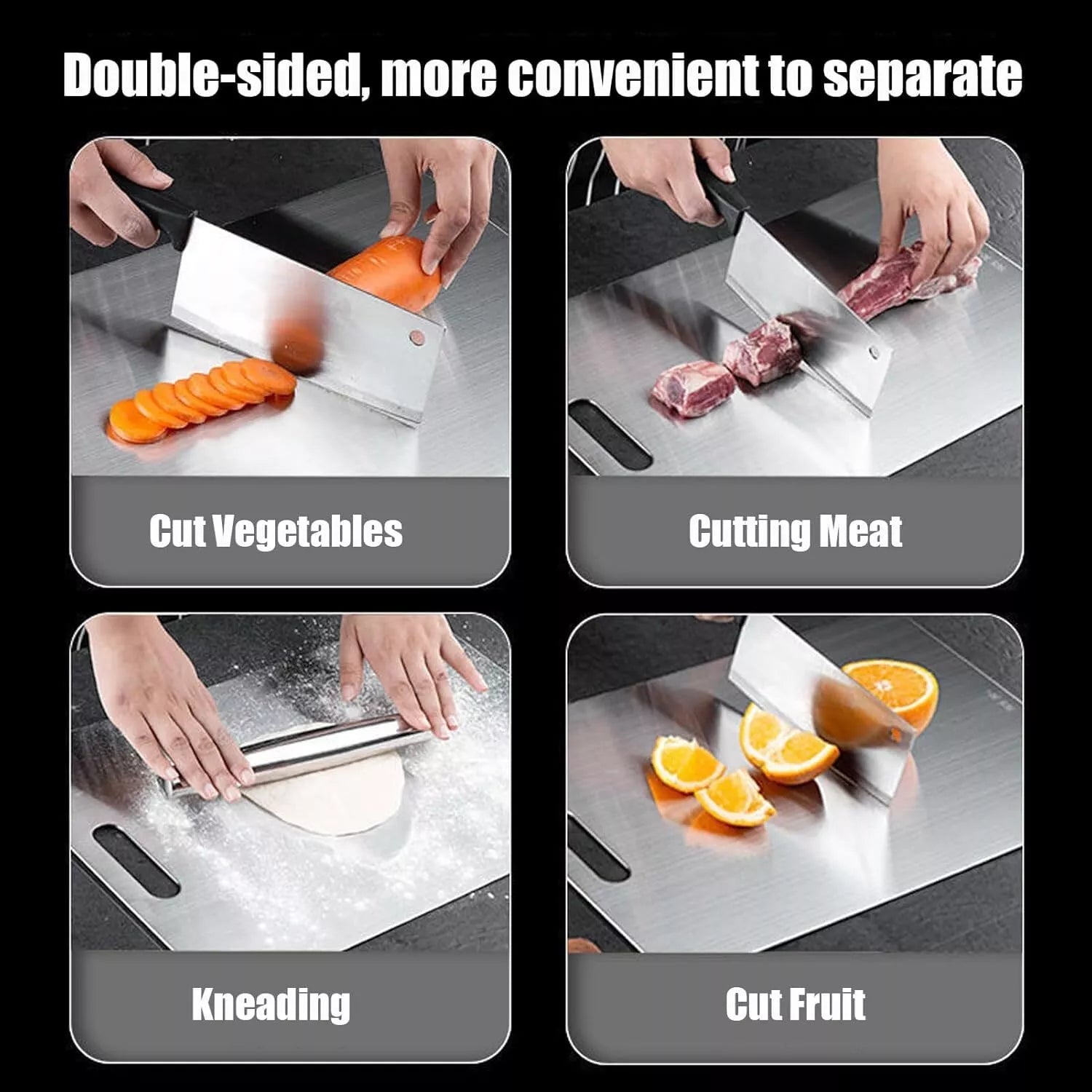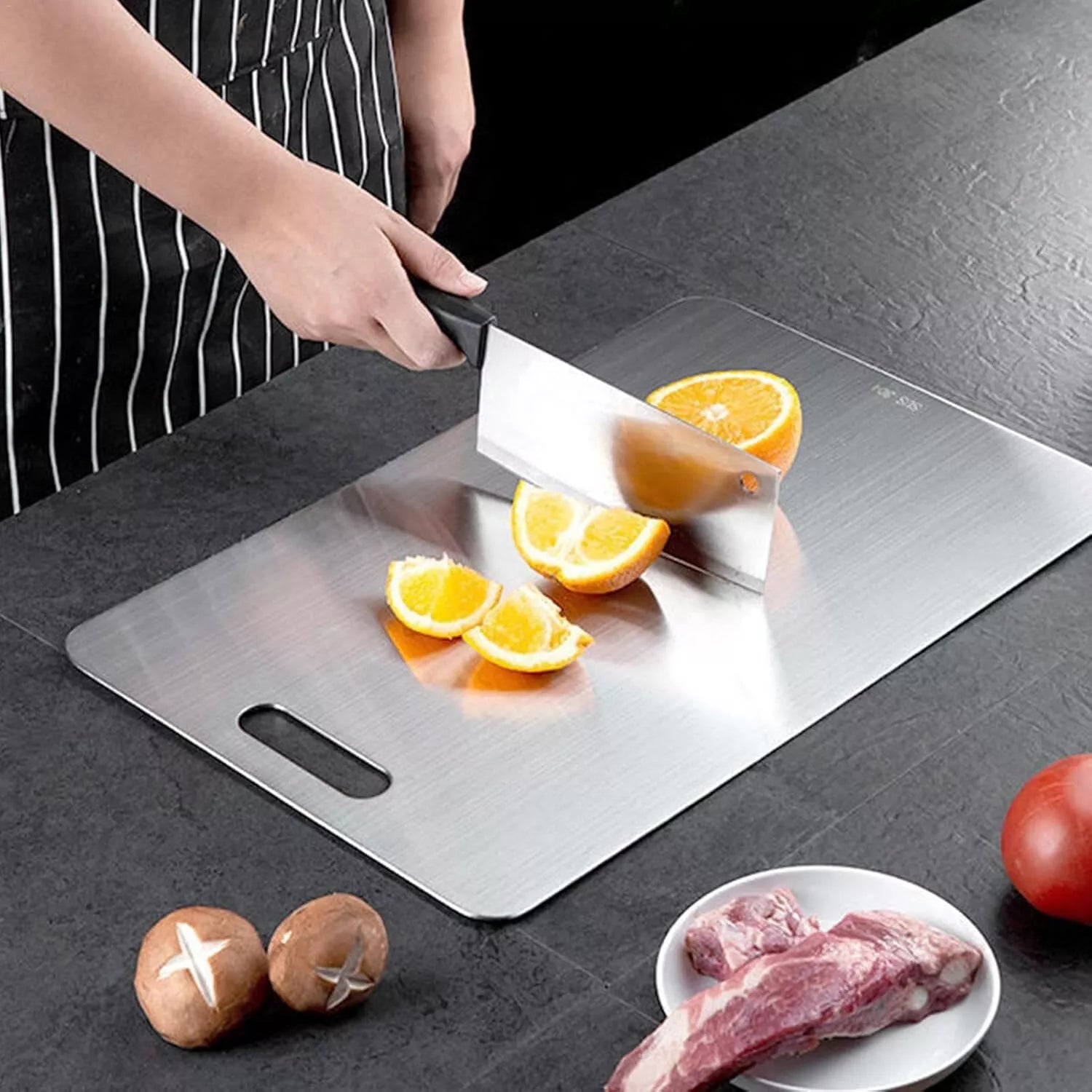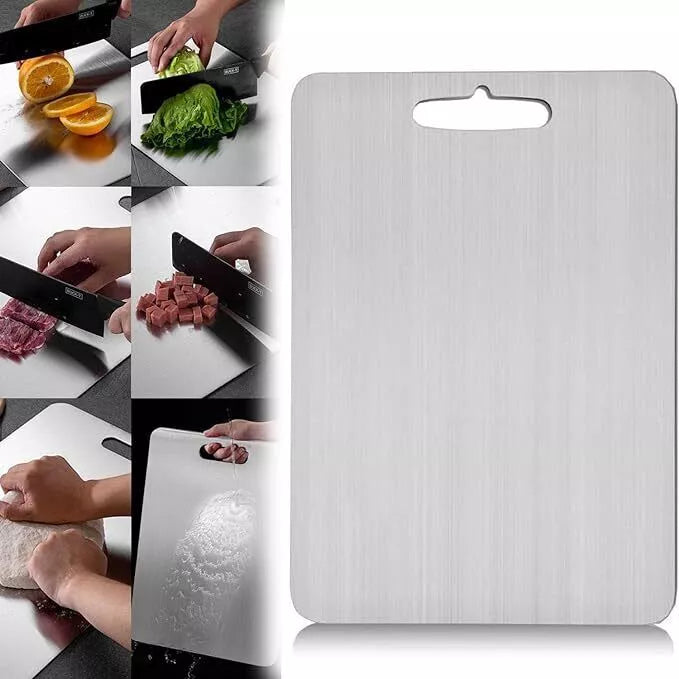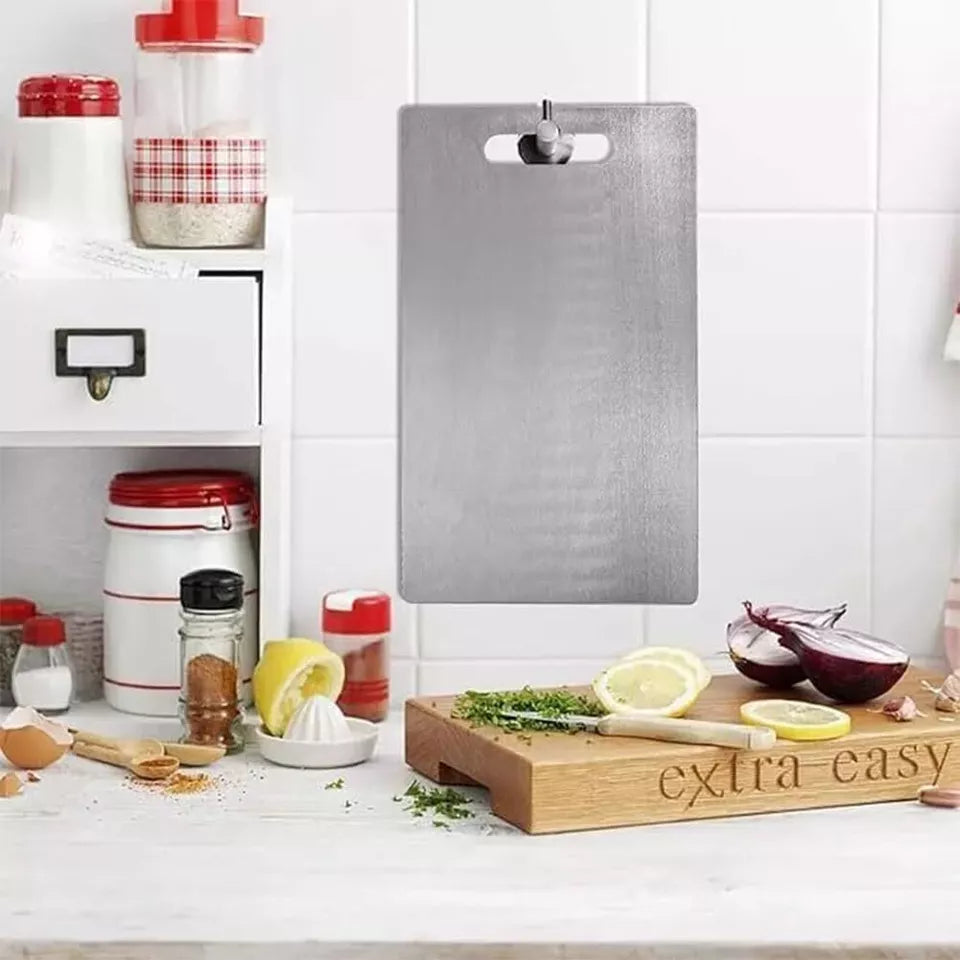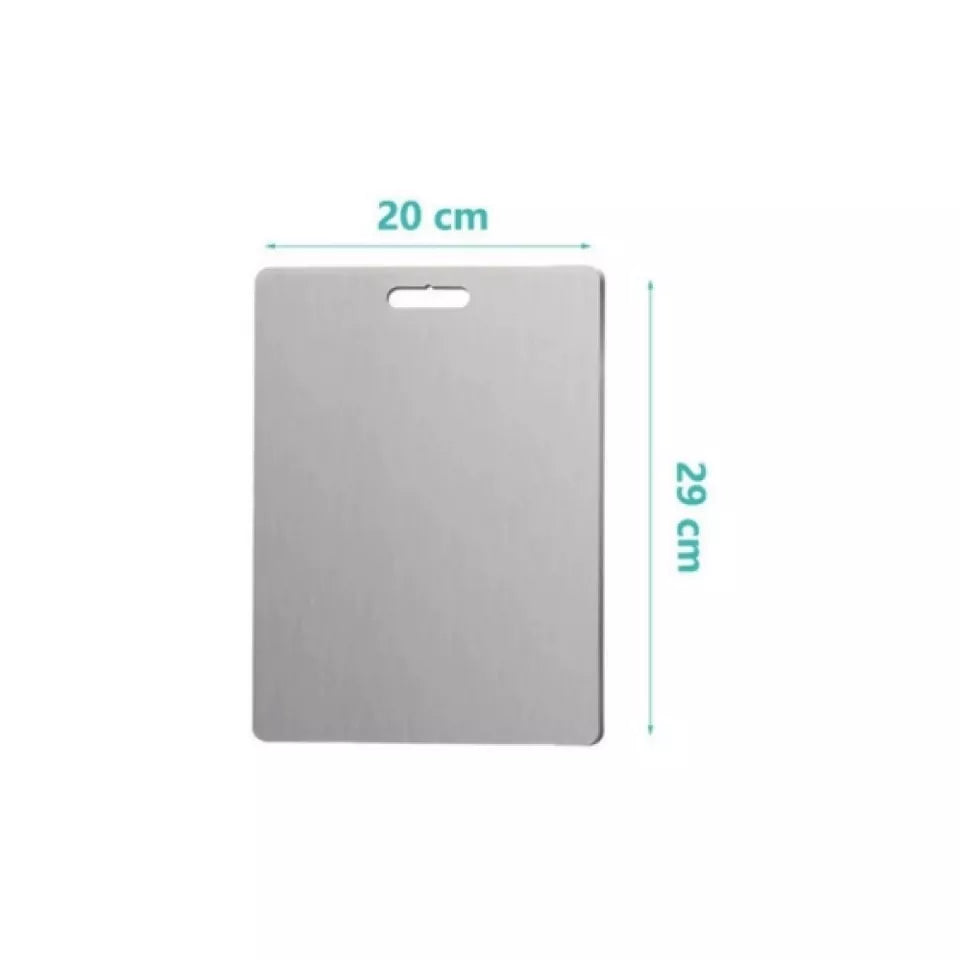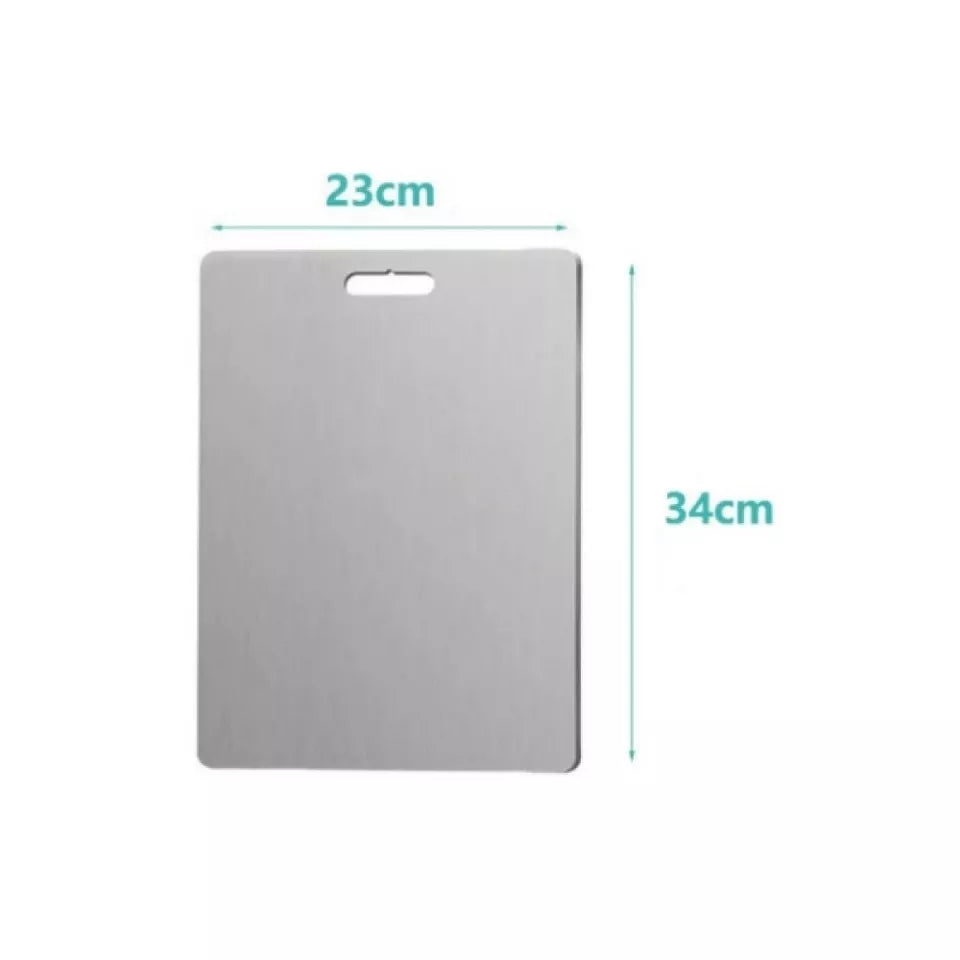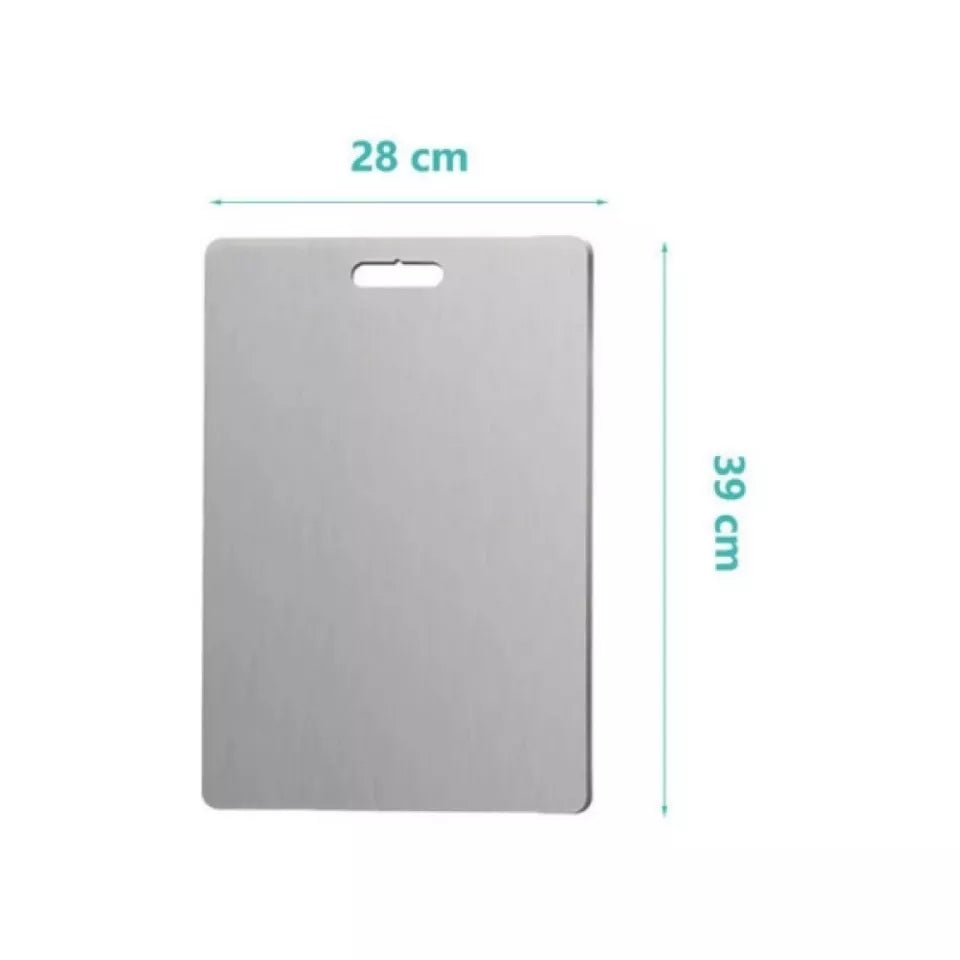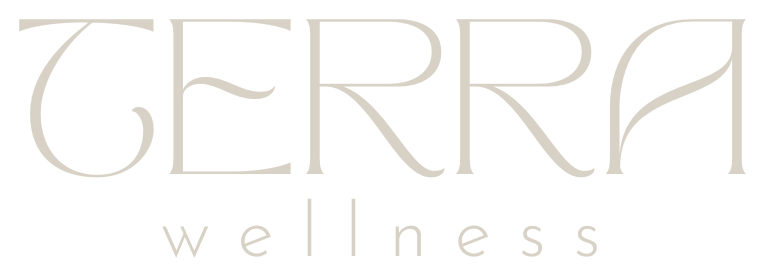What Are the Most Hygienic Chopping Boards? A Comprehensive Guide
What are the most hygienic chopping boards for kitchens in Australia? Plastic and composite chopping boards are the most hygienic due to their non-porous surfaces, which resist bacteria and can be easily sanitized in dishwashers. Wooden boards, while naturally antibacterial, require careful maintenance to remain hygienic. Choose a board type that suits your needs and kitchen environment for optimal cleanliness.
Selecting the most hygienic chopping board is essential for a clean and safe kitchen. Wooden boards offer natural antibacterial properties, while plastic boards are easy to sanitize but can harbor bacteria in deep cuts. Glass and stone boards resist bacteria but may damage knives. Discover which board type best suits your hygiene needs.
Choosing the most hygienic chopping board is crucial for kitchen safety and cleanliness. Factors like material, maintenance, and the board's ability to dull knife blades or harbour bacteria play significant roles. This guide explores various materials, focusing on their antibacterial properties and effects on knives, to help you make an informed decision.
Understanding the Essentials of Chopping Board Hygiene
Chopping board hygiene hinges on the material’s ability to resist knife cuts, which can harbour bacteria. Wooden boards and plastic cutting boards each have unique attributes affecting their cleanliness. A smooth surface is easier to clean, making the choice between wooden boards and plastic cutting boards critical for maintaining a hygienic kitchen.
The Battle for Cleanliness: Wooden vs. Plastic Cutting Boards
When comparing wooden cutting boards to plastic, it's essential to consider how each material impacts kitchen hygiene. Wooden cutting boards, with their natural antibacterial properties, offer a unique stance in the debate.
The Hygiene of Wooden Boards
Wooden cutting boards are praised for their natural antibacterial properties. However, they require proper maintenance to keep their surfaces clean and free from harmful bacteria.
The Hygiene of Plastic Boards
Plastic cutting boards can be easier to clean due to their smooth surface, which is less likely to absorb bacteria. However, deep knife cuts can provide places for bacteria to grow, requiring diligent maintenance.

Deep Dive into Chopping Board Materials
This section explores the different materials used for chopping boards, offering insights into their hygienic properties, maintenance needs, and overall suitability for various kitchen tasks.
Wooden Cutting Boards: Nature's Answer to Kitchen Hygiene
Wooden cutting boards are celebrated for their natural antibacterial properties. They offer a durable surface that, when properly maintained, can be a hygienic choice for food preparation.
Cleaning and Care of Wooden Boards
Unlike glass boards, wooden boards should not be cleaned in the dishwasher. Instead, washing them with dish soap and warm water, followed by proper drying, is recommended to maintain their hygienic surface.
Advantages and Disadvantages
Wooden boards boast antibacterial properties that make them a preferred choice for many. However, they require more maintenance than plastic or glass boards to keep these properties effective.
Plastic Cutting Boards: The Modern Kitchen Staple
Plastic cutting boards offer a modern alternative with both advantages and disadvantages. They are known for their ease of maintenance and adaptability in the kitchen.
Cleaning and Care for Plastic Cutting Boards
One of the major benefits of plastic cutting boards is that they can be cleaned in the dishwasher, making them convenient for busy kitchens.
Advantages and Disadvantages
While plastic cutting boards lack the natural antibacterial properties of wood, they make up for this with their ease of cleaning and maintenance.
Beyond the Basics: Glass and Stone Cutting Boards
Exploring glass and stone cutting boards reveals their aesthetically pleasing nature. These boards are crafted to be resistant to bacteria, making them an intriguing option for food preparation.
Hygiene, Maintenance, and Where They Stand
Although resistant to knife cuts, glass and stone boards may not offer the same antibacterial benefits as wood or plastic. Their maintenance involves simple cleaning methods, keeping them hygienic for everyday use.
Practical Advice and Best Practices
To maintain a hygienic kitchen, selecting the right chopping board involves considering material, size, usage, and cleaning practices. Regular maintenance and understanding the properties of your chosen board material can significantly enhance kitchen hygiene.
How to Select the Right Chopping Board for Your Needs
Choosing the right chopping board involves considering how it fits into your daily kitchen activities. Some boards are dishwasher safe, making them easy to clean and maintain. However, not all chopping boards can be cleaned in the dishwasher, requiring different care approaches. The material of the board impacts not only its maintenance but also its longevity and hygiene. Size is another crucial factor, as a board too small can be impractical for larger tasks, and a very large one might not fit in your cleaning area or storage. Lastly, think about what you'll be using the board for. Different materials can affect the sharpness of your knives and the taste of your food.
Considering Material, Size, and Usage
When selecting a chopping board, the material is a primary consideration. Wood and plastic are common choices, with each having its pros and cons in terms of hygiene and knife care. For example, wooden boards are often more gentle on knives but can be harder to clean than plastic boards, which are usually dishwasher safe. The size of the chopping board should match the types of food you frequently prepare, ensuring it's large enough for your needs but still fits within your kitchen space. Usage plays a critical role as well; if you often prepare meat, a dishwasher-safe plastic board might be preferable for its easier cleaning and disinfecting capabilities. Balancing these factors will help you find a board that suits your kitchen routines.
Maintenance Tips to Maximize Hygiene and Durability
Keeping chopping boards clean is key to kitchen hygiene. Every board, no matter the material, benefits from a wash with warm water and soap after use. This simple step removes food particles and bacteria, preventing cross-contamination. Regular maintenance, such as oiling wooden boards or avoiding harsh chemicals on plastic ones, can extend their life. By taking proper care of chopping boards, one ensures they remain hygienic and durable for food preparation tasks, from chopping vegetables to making lunchtime sandwiches.

The Verdict: Making an Informed Choice on Hygienic Chopping Boards
When choosing a chopping board, consider materials with antibacterial properties for added hygiene. Wooden boards are naturally antibacterial and sustainably sourced, making them an eco-friendly choice. However, they can dull knife blades over time. Plastic boards are easy to clean and less likely to dull blades, but they may harbor bacteria in cuts. The decision depends on personal preferences, including the importance of environmental impact and the types of food prepared, such as lunchtime sandwiches.
What the Experts Say: Combining Hygiene, Durability, and Practicality
Experts recommend considering how a chopping board meets your needs in terms of hygiene, durability, and practical use. For instance, the debate on Which Is Better, Titanium or Stainless Steel Chopping Boards? highlights the importance of material choice. Each material offers unique benefits, such as the durability of stainless steel versus the lightweight nature of titanium. Furthermore, understanding What Are the Disadvantages of a Titanium Chopping Board? can help inform your decision, ensuring you choose a board that best suits your kitchen practices.
Your Kitchen, Your Choice: Finding the Perfect Balance
Choosing the right chopping board is about more than just hygiene; it's about finding the perfect balance for your kitchen. With various materials available, each has its pros and cons. For instance, someone might wonder, Disadvantages of Titanium Chopping Boards: Cost, Knife Wear & More or Will Titanium Cutting Boards Dull Knives? These questions highlight the importance of considering durability, maintenance, and the impact on kitchen knives. Ultimately, the best choice depends on individual needs and preferences. By weighing the options, anyone can find a chopping board that not only keeps the kitchen hygienic but also suits their cooking style and aesthetic.
Use code BLOG20 to save 20% today on our premium hygienic chopping boards, with free shipping Australia-wide. [Shop Hygienic Chopping Boards ➜]
FAQs
Q1: What is the most hygienic cutting board material?
A: Plastic and composite boards are most hygienic due to their non-porous surfaces, which resist bacteria and can be easily sanitized in the dishwasher.
Q2: Are wooden cutting boards safe and hygienic?
A: Yes, wooden boards have natural antibacterial properties. However, they need proper maintenance and cleaning to remain hygienic over time.
Q3: Can glass chopping boards be hygienic?
A: Glass boards are easy to clean and sanitize but can dull knives quickly. They are hygienic but not ideal for maintaining knife sharpness.
Q4: How often should you replace your cutting board?
A: Replace cutting boards when they have deep grooves or cracks that are difficult to clean thoroughly. Regular inspection helps maintain hygiene.
Q5: Are plastic cutting boards dishwasher safe?
A: Yes, most plastic boards are dishwasher safe, making them convenient for thorough sanitization and maintaining hygiene.

